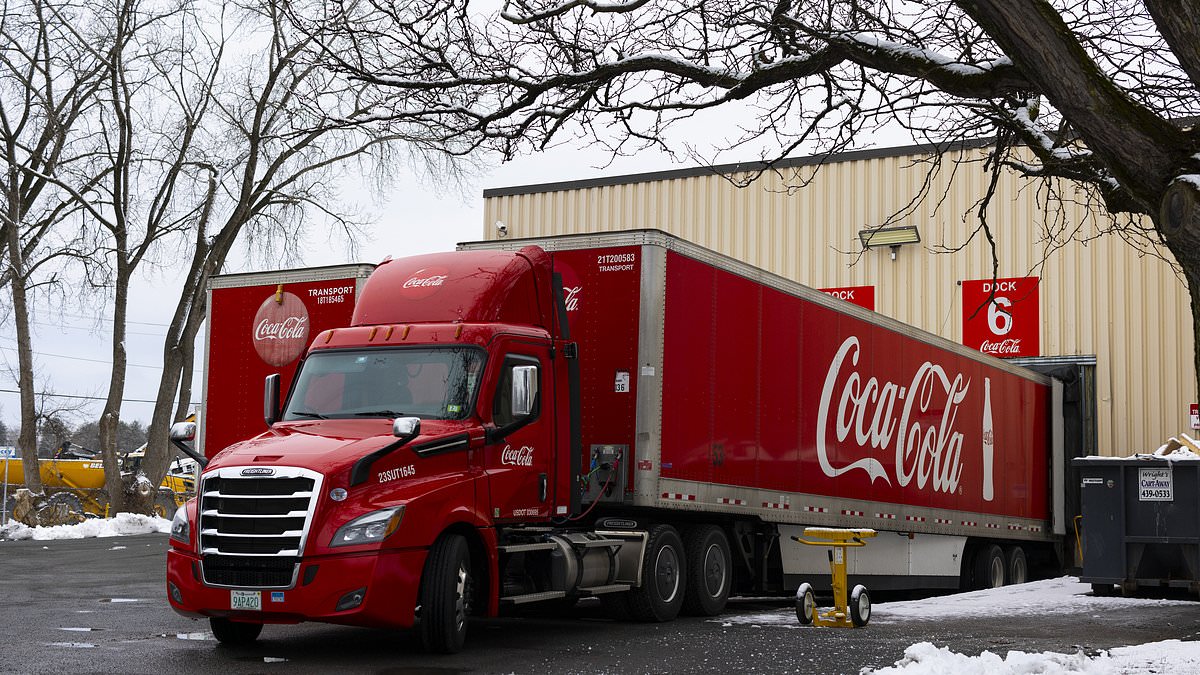Copyright fool

Social Security beneficiaries are getting a 2.8% raise beginning in January, thanks to the recently announced 2026 cost-of-living adjustment (COLA). This is also pushing the maximum benefit to new heights. Few people will actually receive Social Security's biggest checks in 2026, though. While the criteria for doing so are clear, it's pretty difficult to pull off. Here's how to tell if you're on track for the max benefit. How to get the largest Social Security checks in 2026 You have to do three specific things to claim the biggest Social Security checks in 2026: 1. Work for at least 35 years before signing up The Social Security Administration bases your benefit on your average indexed monthly earnings (AIME), which is your average monthly earnings over your 35 highest-earning years, adjusted for inflation. While you can apply with a shorter work history, you'll have zero-income years factored into your AIME if you do. This will significantly reduce the size of your checks. 2. Earn the maximum taxable earnings in 35 years The maximum taxable earnings are the amounts of income subject to Social Security payroll taxes in a given year. In 2025, it's $176,100. This will rise to $184,500 in 2026. This is often the step that bars people from taking home the max benefit. The average person simply doesn't make enough to do this. 3. Claim benefits at 70 You must wait until your full retirement age (FRA) to claim Social Security if you want the full benefit you've earned based on your AIME. If you were born in 1960 or later, your FRA is 67. It's younger for older adults. Claiming early reduces your checks by up to 30%, while delaying benefits grows your checks until you qualify for the maximum benefit amount at 70. What's the maximum Social Security check in 2026? In 2025, the maximum Social Security benefit is $5,108. Only those who checked all three boxes above and signed up this year secure this benefit. These seniors will get $5,251 next year as a result of the 2.8% COLA, adding $143 to their monthly checks. Those claiming at 70 in 2026 who earned the maximum taxable earnings in at least 35 years will get a bit less at $5,181. But this is still more than double the estimated $2,071 average benefit for January 2026. What this means for you You may not have the earnings history to secure the largest Social Security checks, but if you haven't signed up yet, you can still take steps to boost your future benefits. Working at least 35 years before retiring, when possible, is a good start. Working even longer could be helpful if you're earning more now than you did starting out. After you cross the 35-year mark, your lower-earning years begin to fall out of your benefit calculation. You probably already seek out raises when you can to improve your current standard of living. But doing this can also help your future benefit checks. If there isn't a lot of upward mobility at your current job, consider switching employers or taking on a side hustle. Anything that involves paying more Social Security payroll taxes will help increase your checks later. Finally, choose your claiming age carefully. Claiming early could make sense if you have a short life expectancy. It could also be the right call if you're forced to retire early and you lack adequate personal savings. But if you can afford to delay and you're in good health, you may get a larger lifetime benefit by waiting until your FRA or even age 70 to apply. It's fine to change your plans down the road if your health or lifestyle changes. But choose a tentative claiming age for now, so you know what you're working toward.



